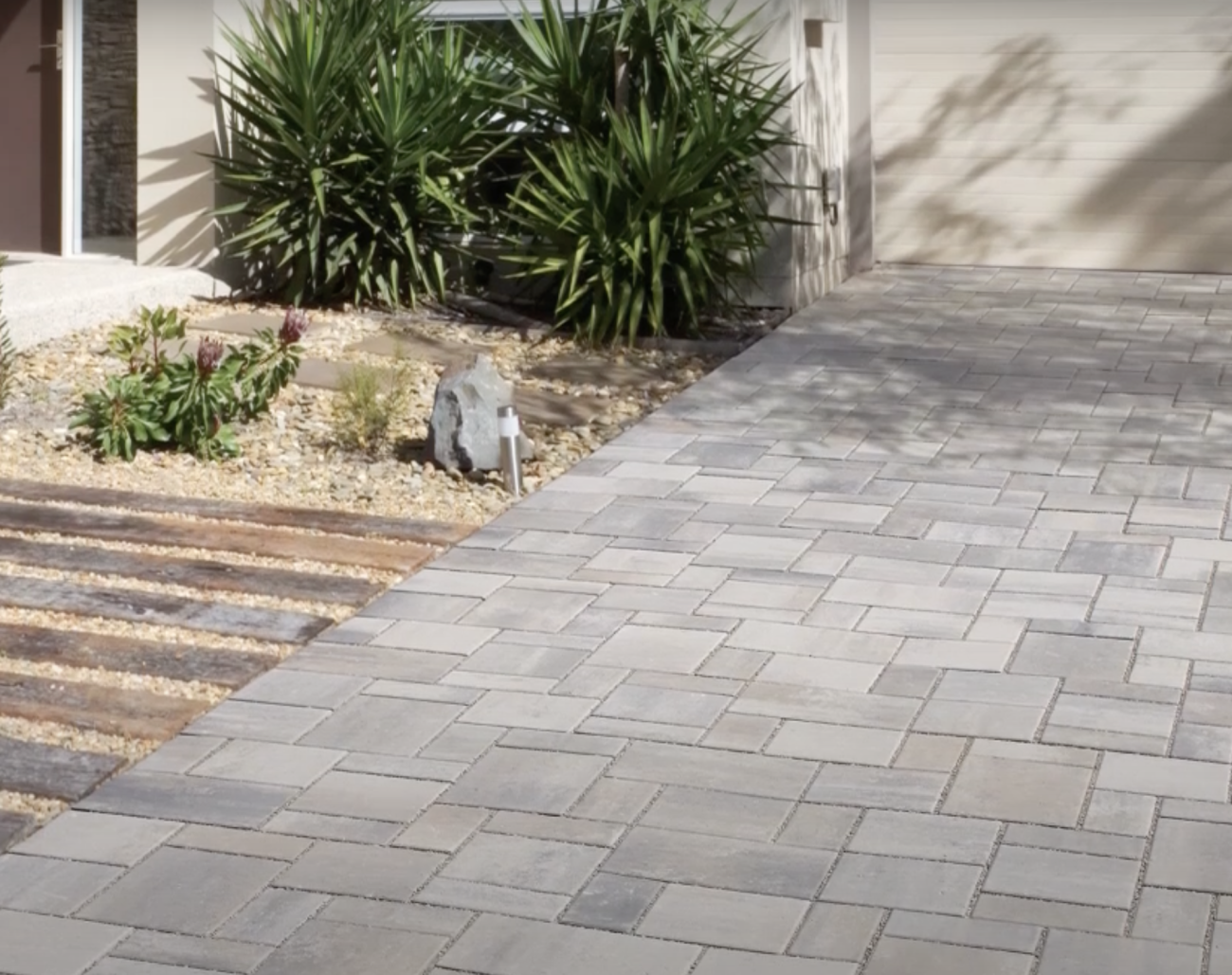

Permeable pavers are surface paving materials specifically designed to allow rainwater to seep through rather than run off as on conventional concrete or asphalt surfaces. [1]
Unlike traditional hard surfaces, permeable pavers limit surface runoff, reduce urban flooding, and filter contaminants such as dust, heavy metals, and pollutants directly on site. This green solution plays a key role in sustainable and eco-friendly urban stormwater management systems. [2]

The system typically includes five layers:
Made of interlocking concrete pavers.
Small gaps between pavers allow rainwater to pass through.
Designed to support the weight of vehicles and pedestrians.
A thin layer of fine aggregate (e.g., ASTM No. 8 gravel or clean sand).
Stabilizes the pavers and facilitates downward water flow.
Composed of medium-sized crushed stone (e.g., ASTM No. 57 or 40mm).
Functions as a preliminary filter and distributes water.
Made of large aggregate (e.g., ASTM No. 2 or equivalent).
High void content allows temporary water storage and facilitates gradual infiltration or drainage via piping systems.
Installed between the aggregate layers and the soil subgrade.
Prevents soil migration into the gravel, ensuring long-term permeability. [1]

During rainfall, water infiltrates through the gaps between the pavers rather than pooling on the surface. It then percolates through the underlying layers, which act as preliminary filters removing dirt, debris, and heavy metals.
The water is temporarily stored in the highly porous subbase layer. From here, two outcomes are possible:
If the underlying soil is permeable, water slowly infiltrates into the ground, helping to recharge groundwater.
If infiltration is limited or rainfall exceeds capacity, excess water is directed through an underground drainage system.
This process results in:
Reduced surface runoff and localized flooding.
Cleaner stormwater before discharge into the environment or ground.
Lower burden on municipal drainage systems and improved environmental quality.
Parking Lots: Implemented in public areas, schools, parks, and commercial centers to reduce runoff and flooding.

Pathways and Internal Roads: Slip-resistant and puddle-free surfaces ensure safer movement during rain or snow.

Residential and Industrial Access: When properly installed, permeable pavers can support heavy truck loads.

LEED Credit 6: Reduces stormwater runoff and pollution by increasing infiltration.
LEED Credit 7: Mitigates urban heat island effect through reflective, lighter-colored surfaces.
Groundwater Recharge: Allows rainwater to seep into the soil, reducing pressure on drainage systems.
Erosion and Thermal Control: Used along riverbanks and streams to minimize erosion and thermal pollution.
Proven effective in freeze–thaw environments; unlike traditional concrete, it does not crack.
Surface does not ice over as water is absorbed into the subsurface, enhancing winter safety.

Can substitute traditional stormwater systems, saving land and infrastructure costs.
Life-cycle cost is significantly lower than asphalt or concrete — one report shows a reduction from over $1 million to around $25,000 over 25 years. [3]
[1] "How Permeable Pavements Work," YouTube, 2016. [Online]. Available: https://www.youtube.com/watch?v=7LHPzybDWtc
[2] K. R. and J. Ball, "A Review of the Performance of Permeable Pavers," 2004. [Online]. Available: https://d1wqtxts1xzle7.cloudfront.net/83833768/A_Review_of_the_Performance_of_Permeable20220411-14227-p1tdge.pdf. [Accessed: Jul. 2025].
[3] J. Houle, M. M. B. P., R. R. P., P. D. T., and P. B. P., "Permeable Paver Research Summary," Feb. 2003. [Online]. Available: http://americantrails.pairserver.com/files/pdf/PermPavers.PDF. [Accessed: Jul. 2025].
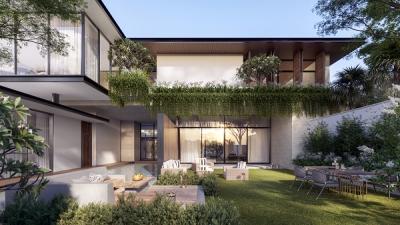
The News 10/11/2025
In the midst of the hustle and bustle of urban life, many Vietnamese families are looking for a different living space – where they can enjoy modernity without being far from nature. Tropical Modern villa architecture is the perfect answer to this need. Not only an aesthetic trend, this is also a smart design philosophy, harmoniously combining technology, local materials and Vietnam's typical tropical climate.
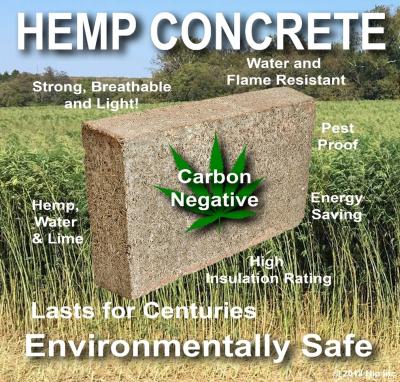
The News 25/10/2025
Hemp-lime (hempcrete) is a non-load-bearing covering material consisting of a hemp wood core (hemp shiv/hurd) combined with a lime-based adhesive, outstanding for its insulation – moisture conditioning – indoor environmental durability; in particular, IRC 2024 – Appendix BL has established a normative line applicable to low-rise housing, strengthening the technical-legal feasibility of this biomaterial.
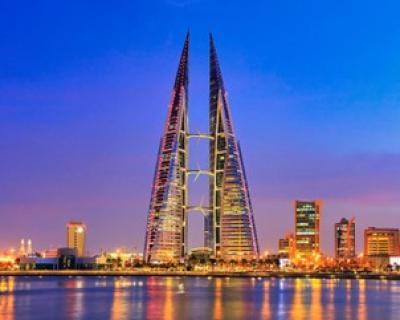
The News 11/10/2025
Amid rapid urbanization and global climate change, architecture is not only construction but also the art of harmonizing people, the environment, and technology. The Bahrain World Trade Center (BWTC)—the iconic twin towers in Manama, Bahrain—is a vivid testament to this fusion. Completed in 2008, BWTC is not only the tallest building in Bahrain (240 meters) but also the first building in the world to integrate wind turbines into its primary structure, supplying renewable energy to itself [1]. This article explores the BWTC’s structural system and design principles, examining how it overcomes the challenges of a desert environment to become a convincing sustainable model for future cities. Through an academic lens, we will see that BWTC is not merely a building but a declaration of architectural creativity.
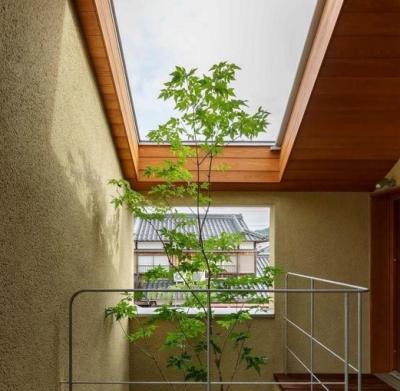
The News 04/10/2025
As buildings move toward net zero architecture and glare free daylighting, traditional glass façades reveal limitations: high thermal conductivity (~0.9–1.0 W/m·K), susceptibility to glare, and shattering on impact. In this context, transparent wood (TW) is emerging as a multifunctional bio based material: it offers high light transmission yet strong diffusion (high haze) to prevent glare, lower thermal conductivity than glass, and tough, non shattering failure. Recent reviews in Energy & Buildings (2025) and Cellulose (2023) regard TW as a candidate for next generation windows and skylights in energy efficient buildings. [1]
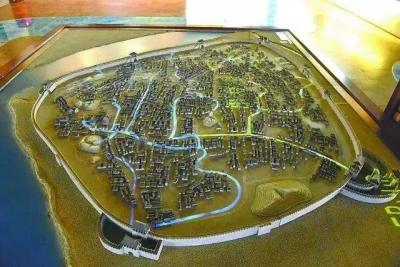
The News 27/09/2025
Urban flooding is one of the greatest challenges of the modern era, when sudden and unpredictable rainstorms can paralyze entire cities. Few would imagine that over a thousand years ago, people had already discovered a sustainable solution: the Fushougou drainage system in the ancient city of Ganzhou, Jiangxi. Built during the Northern Song dynasty, this project remains effective to this day, protecting the city from floods—even during historic deluges. The story of Fushougou is not only a testament to ancient engineering but also a valuable reference for today’s cities seeking answers to water and flooding problems.
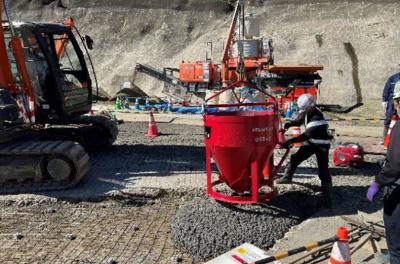
The News 20/09/2025
The construction industry is currently facing immense pressure to reduce carbon emissions, as concrete is not only one of the most widely used materials but also a major source of CO₂ due to its reliance on Portland cement. In response, Shimizu Corporation has conducted extensive research to develop sustainable material solutions aimed at achieving carbon neutrality. One of the most remarkable outcomes is carbon-negative concrete, which partially replaces cement and aggregates with biochar. This biochar is produced from sawdust through a carbonization process and has the unique ability to retain a significant amount of carbon that would otherwise be released into the atmosphere through natural decomposition or combustion. Thanks to this property, carbon-negative concrete not only maintains the necessary mechanical strength for construction but also directly contributes to reducing greenhouse gas emissions. This innovation is considered a promising step that opens new directions for the advancement of green construction in Japan and worldwide.